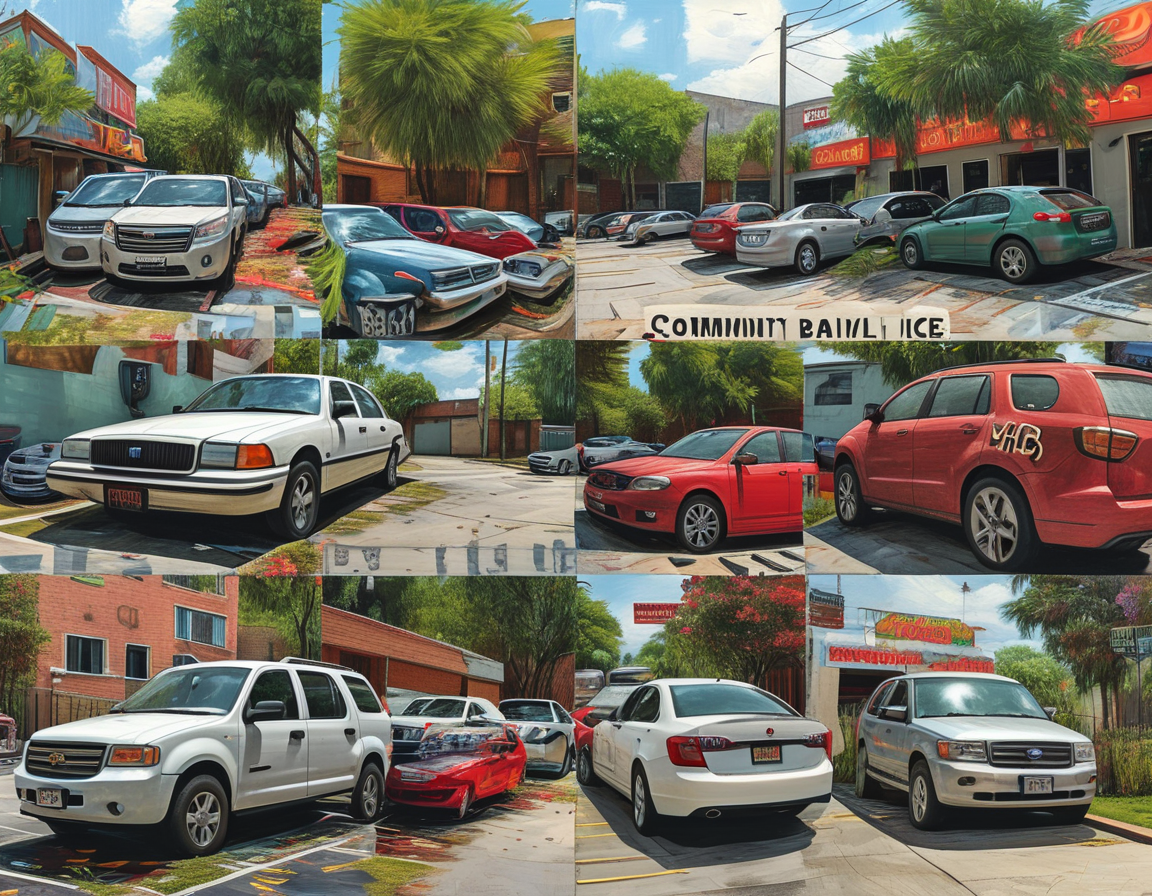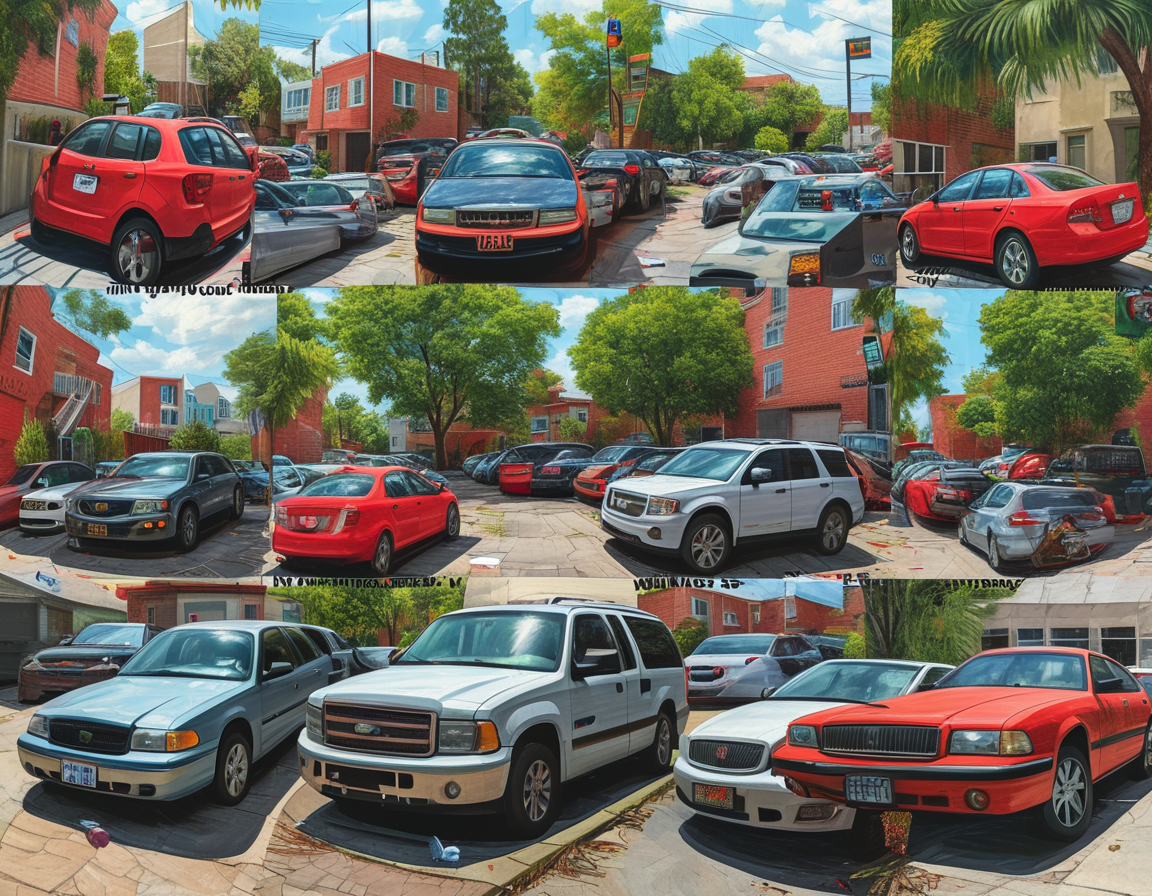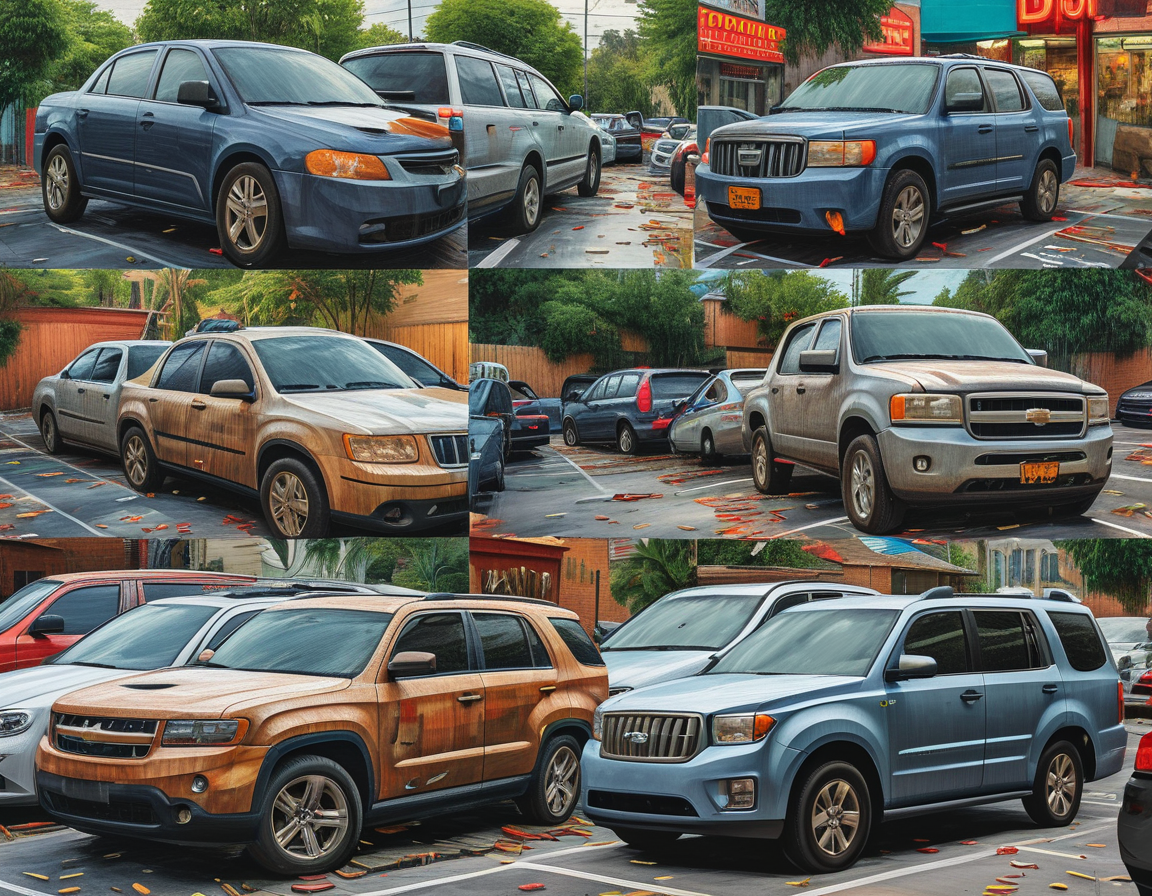The Artistic Chaos of Bad Parking
In every bustling city, the scene of bad parking unfolds. Cars suddenly transform into bizarre sculptures that make you question their owners’ judgment. Have you ever seen a vehicle blocking a driveway? It’s as common as pigeons in a park, yet still infuriating. Imagine being late for work, only to find your path blocked by a car parked at an impossible angle. It’s absurd, right?
When you spot a poorly parked car, your first reaction may be annoyance. Yet, there’s a growing trend that mixes this frustration with creativity. Think about the last time you snapped a photo of a badly parked car. Did it evoke laughter or just irritation? Paradoxically, parked chaos can become a source of entertainment and reflection.
Unpacking Typos in Urban Messages

Then there’s the world of typos. Poor grammar adds yet another layer of confusion. A recent post in the Facebook group “Ai parcat ca un BOU! Sighet” showcased this phenomenon. The journey began with Petre Bognar sharing images of poorly parked cars. What came next was a flurry of misspelled messages that rivaled the parking disasters.
These messages look like they were crafted by someone uniquely uninformed. Phrases like “Mda se poate -> trezitiva Waii” make you wonder if translations are necessary. Even if you aren’t fluent in Romanian, the urgency spills from the text. It’s an appeal for better parking, clumsily wrapped in humor.
Community Responses and Humor
The real gold lies in the responses. Community members chime in, adding humor to the mix. One memorable comment came from Adi Bizau, who playfully suggested that figuring out Petre’s words needed the collective effort of three communes. This response brilliantly flips the criticism into a witty exchange.

People want to engage, not just complain. The absurdity of the situation spurs laughter, bridging gaps among neighbors. When community members poke fun at bad parking, it’s a way to bond. The experience becomes communal, fostering connection rather than isolation.
From Frustration to Creativity
The blend of spelling errors and parking mistakes invites deeper reflection. It’s not just about a car partially blocking the sidewalk. Rather, it’s a collage of human experiences, miscommunication, and collective frustration. Imagine navigating through your hectic day, stumbling upon cars that seem to laugh in your face. How does this moment challenge your perspective?
It’s intriguing to think about the emotions involved here. Disappointment morphs into creativity when we gather to address these everyday woes. Transforming a grievance into laughter makes the struggle feel lighter. It’s almost like participating in urban performance art but from a distance.
Deciphering Hidden Messages

The mix of bad parking and messy communication prompts us toward deeper thoughts. What does it mean to be a responsible community member? Those misplaced messages signal a broader statement about our urban lifestyles. Are we so engrossed in our own worlds that we forget common courtesy?
Responses in the Facebook group act as social commentary. Finding humor in these situations might encourage people to reflect on their actions. It poses a question: can laughter foster better understanding among city dwellers?
A Lesson in Community Building
In the end, there lies a valuable lesson within the jest. Our trials and tribulations over odd parking can bring us closer. Bad parking and jumbled words remind us of our shared humanity. When we address our city’s shortcomings with a smile, we signal resilience.
Think about your next encounter with disarray on the streets. Will you react with annoyance, or can you find humor in it? Instead of letting frustration dictate your mood, you could use humor as a bridge. The beauty of community lies in its ability to transform shared challenges into moments of joy. It’s the little things that bring us together, often in the most unexpected ways.
Leave a Comment